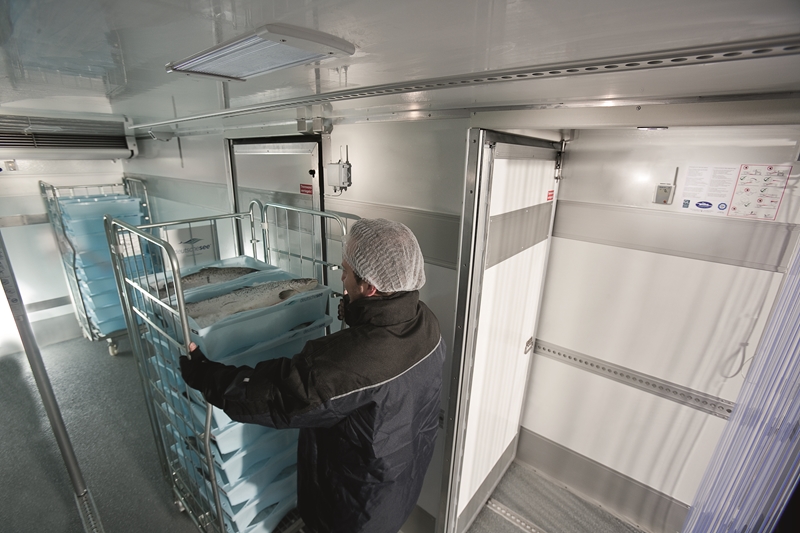Lauded as one of the most disruptive strategies to enter the facility management repertoire in years, the industrial Internet of Things (IoT) is being integrated throughout various industries in earnest.
Its core advantage can produce more reliable and accurate methods of conducting routine tasks, like maintaining heating, ventilation and air conditioning (HVAC) equipment or ongoing temperature monitoring. Testo's innovative tools have been at the forefront of this transition away from inefficient methods, and the future is looking bright as IoT integration continues to gain popularity.

Intelligent HVAC
A key aspect of IoT is the efficiency it brings to tasks that were previously inundated with manual processes. This couldn't ring more true than in the product design of the testo smart refrigeration set. Technicians are able to easily measure various gases without the use of hoses, so as to mitigate leaking. Six smart probe attachments allow service engineers unparalleled flexibility without compromising on accuracy.
Similarly, the testo 420 air flow hood simplifies flow velocity and absolute pressure testing by incorporating a digital display. Not only can it reduce measurement errors, but it allows facility managers to create, analyse and send reports from the site.
Smart temperature monitoring
Roughly 57 per cent of food manufacturing plants currently deploy industrial IoT devices, according to a Food Processing study. Never a stranger to state-of-the-art technology, laboratories around the world are also adopting innovative tools to streamline outdated methods.
Wireless temperature monitoring solutions, like the testo Saveris 2, are proving to be invaluable additions in areas where heat and humidity are a top concern. Whether it be in a freezer storage area, or during the transport of food or embryos, both sectors are relying more on highly accurate, cloud-based instruments to collect and analyse data, and alert of any issues.

Looking forward
The goal of IoT is to automate inefficient processes, and perhaps no tool speaks more to that value than the recently released testo 160 Wi-Fi data logging series. Designed to assist art museums and galleries in the preservation of artwork, the instruments have internal sensors that can identify fluctuations in temperature, humidity, UV and lux levels.
Concealed with a decorative colour that can match the paint of the surrounding wall, the testo 160 series can consistently monitor multiple environments and send alerts should pre-defined thresholds be reached. This has revolutionised the way in which antique paintings are protected.
With the future always in mind, Testo will continue its transition to IoT by releasing a new product line in late 2017 that can automate the auditing process in the food retail and manufacturing industries. Interested in learning more? Contact a Testo representative today.









 Reduce cooking oil costs while ensuring quality
Reduce cooking oil costs while ensuring quality Expert knowledge on CO2 monitoring
Expert knowledge on CO2 monitoring Refrigeration knowledge - in 3 modules
Refrigeration knowledge - in 3 modules



